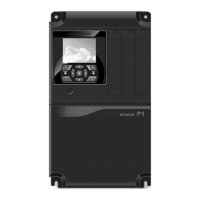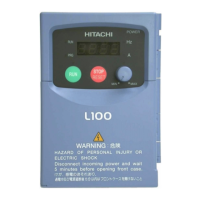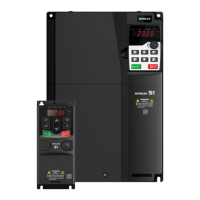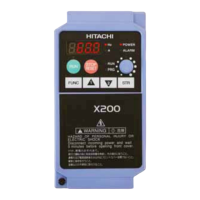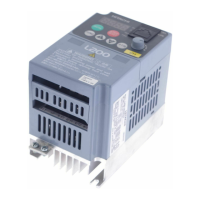33
PMML0140A rev.1 - 07/2009
REFRIGERANT PIPING &
REFRIGERANT CHARGE
11.4.4. FLARE NUTS TIGHTENING TORQUE
Pipe size Tightening Torque (N.m)
Ø6.35 mm 20
Ø9.53 mm 40
Ø12.70 mm 60
Ø15.88 mm 80
Ø19.05 mm 100
11.4.5. BRAZING WORK
ATTENTION:
Use nitrogen gas for blowing during pipe brazing. If oxygen, -
acetylene or uorocarbon gas is used, it will cause an
explosion or poisonous gas.
A lot of oxidation lm will occur inside of tubes if no nitrogen -
gas blowing is performed during brazing work. This lm will
be ecked off after operation and will circulate in the cycle,
resulting in clogged expansion valves, etc. This will cause
bad inuence to the compressor.
Use a reducer valve when nitrogen gas blowing is -
performed during brazing. The gas pressure should be
maintained within 0.03 to 0.05 Mpa. If a excessively high
pressure is applied to a pipe, it will cause an explosion.
11.4.6. REFRIGERANT CHARGE
CAUTION:
Use refrigerant R410A in the refrigerant cycle. Do not
−
charge oxygen, acetylene or other ammable and
poisonous gases into the refrigerant cycle when performing
a leakage test or an air-tight test.
These types of gases are extremely dangerous and can
−
cause an explosion. It is recommended that compressed
air, nitrogen or refrigerant be used for these types of tests.
Check to ensure that no pressure exists inside the stop
−
valve before removing the ange.
Evacuation and Refrigerant Charge
¡
Evacuation and refrigerant charging procedure should be −
performed according to the following instructions.
The stop valve has been closed before shipment. However,
−
make sure that the stop valves are closed completely.
Connect the indoor unit and the RASC unit with eld-supplied
−
refrigerant piping.
Connect the gauge manifold using charging hoses with a
−
vacuum pump or a nitrogen cylinder to the check joints of the
liquid line and the gas line stop valve.
Check for any gas leakage at the are nut connection, by
−
using nitrogen gas to increase the pressure at 4.15 MPa
inside of the eld-supplied piping.
Operate the vacuum pump for 1 to 2 hours until the pressure
−
decreases lower than a pressure of 756 mmHg in vacuum.
For charging refrigerant, connect the gauge manifold using
−
charging hoses with a refrigerant charging cylinder to the
check joint of the liquid line stop valve.
Charge the proper quantity of refrigerant according to
−
the piping length (Calculate the quantity of the refrigerant
charge).
Fully open the gas line stop valve, and slightly open the liquid
−
line stop valve.
Charge refrigerant by opening the gauge manifold valve.
−
Charge the required refrigerant within the difference range of −
±0.5kg by operating the system in cooling.
Fully open the liquid line stop valve after completing
−
refrigerant charge.
Continue cooling operation for more than 10 minutes to
−
circulate the refrigerant.
Remove the “close” plate from the stop valve and hook the
−
attached “open” plate at the stop valve.
RASC unit
Liquid line
Gas line
Liquid stop valve
Nitrogen tank
(For air Tight test & Nitrogen
blow during brazing)
Vacuum cylinder
Manifold
gauge
Gas stop valve
Example of Evacuation and Refrigerant Charge for RASC-H(V)RNE
NOTE:
Charge the refrigerant correctly after calculation.
−
Overcharge and insufcient charge of the refrigerant may
cause the compressor failure. Insulate the liquid pipe
for prevention of the capacity decrease according to the
ambient air conditions and the dewing on the pipe surface
by the low pressure.
Check to ensure that there is no gas leakage. When large
−
amount of the refrigerant leaks, the troubles as follows may
occur:
Oxygen deciency
−
Generation of Harmful gas Due to Chemical Reaction −
with re.
Use thick gloves to protect your hands from liquid refrigerant
−
injuries when handling refrigerant.
CAUTION:
Check for refrigerant leakage in detail. If a large refrigerant
leakage occurs, it will cause difculty with breathing or
harmful gases would occur if a re was being used in the
room. An excess or a shortage of refrigerant is the main
cause of trouble to the units. Charge the correct refrigerant
quantity.
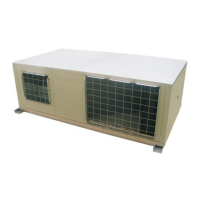
